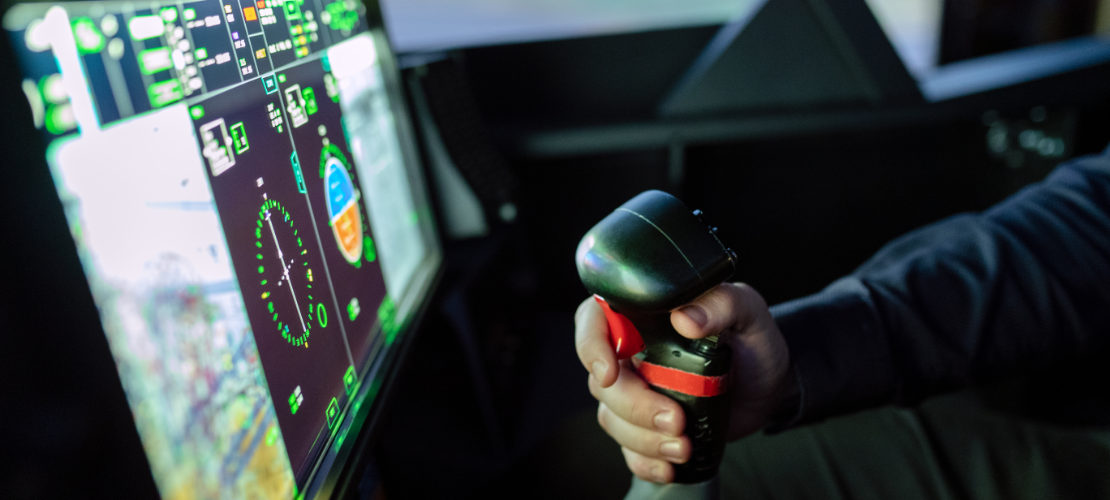Our bespoke simulations and mathematical models have been deployed across Defence’s arms and agencies for the past three decades and continue to assist in procurement processes, measuring the effectiveness of capabilities and experimentation.
We are the modelling and simulation lead for Dstl’s Analysis, Science and Technology Research in Defence (ASTRID) – a role which builds on a rich heritage of support that ranges from the provision of qualitative visualisations and analysis to refining software and mitigating obsolescence.
We have worked on three of the five mission critical models used by Dstl’s Defence and Security Analysis division – WISE, CAEn and HLCM – re-engineering code to operate in the latest computing environments and utilising multi-processor and multi-threaded approaches to increase performance. Combined with our improved user interfaces, our endeavours have delivered dramatic results with some tasks that once took analysts ten minutes now taking just ten seconds.
In respect of CAEn [Close Action Environment], a multi-sided, computer-based wargame representing all-arms close combat battles up to company group level, our endeavours enhanced simulation runtime by a factor of 4.9.
Such a significant upgrade has enabled Dstl to deliver studies at a scale previously impossible and consequently broadened the scope and variety of studies CAEn can undertake on behalf of Defence.
Our detail for digits has also delivered Mission Planner – a decision-making toolset currently applied at the tactical level of combat. Easing the demand on Dstl’s operational research community, it acts as a force multiplier, supporting high-intensity warfighting simulations by reducing – or in some cases eliminating – the need for complex pre-scripting of simulated combat units or human-in-the-loop interactors.
Mission Planner exploits two stochastic optimisation Artificial Intelligence (AI) techniques – genetic programming and a novel implementation of simulated annealing – and its algorithms are employed in a generic architecture that allows simple application to different problems.
This approach makes it possible for a single analyst to generate a complex scenario in the same time it would have taken a group of 15-20 people to do so less than two decades ago.
We are also currently leading a collaboration of analysts, mechanical and software engineers tasked with examining new methods for creating quantitative evidence to support the development of survivability solutions and weapons for the UK’s Armed Forces.
With a focus on integrating a collection of models capable of assessing the vulnerability of UK personnel and platforms to threat weapons and the lethality of UK weapons on threat targets with higher-level frameworks, the work will exploit advancements in parallelisation techniques and high-performance computing technology to reduce processing times and incorporate more complex physics in calculations.
For example, fast-running engineering models – algorithmic representations of real-world physical effects – will enable users to more confidently predict the behind-armour impact of fragments from explosively-formed projectiles and the potential effects of defensive aid suites and countermeasures.
Those benefiting from our modelling mastery are not restricted to the Land domain. We have also developed a range of software for Royal Navy platforms and helped the Maritime Warfare Centre to support Anti-Submarine Warfare decision-making.
Whether the requirement is for the maintenance and enhancement of existing models, full lifecycle development of new models or software support to models during simulation and wargaming, we have the capability, experience and expertise to deliver.
